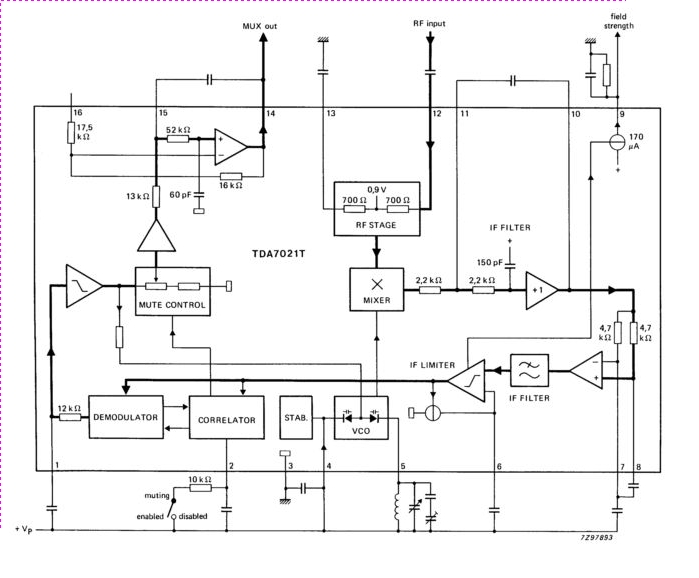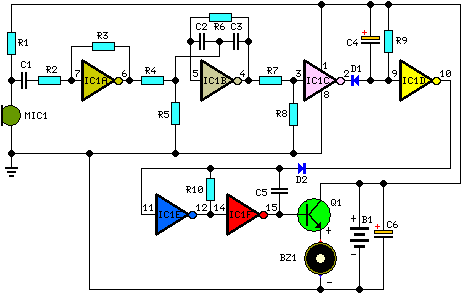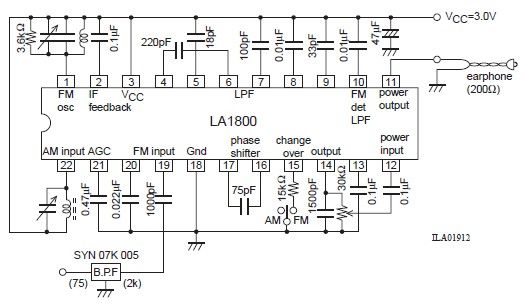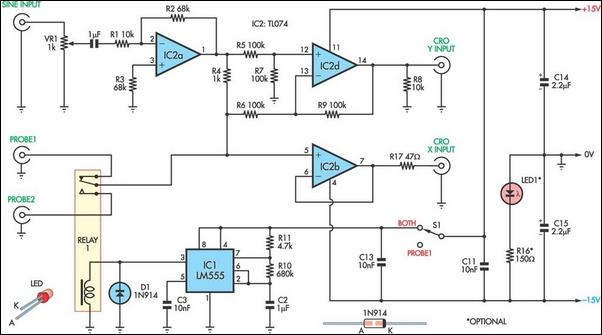
schematic of programmer radio
C0QBmk~%24(KGrHqIOKkIEq4M%2Bu,)1BK2zHH580Q~~_35.gif)
This time, information will be shared about the schematics of radios, specifically the schematic of a programmer radio, along with the latest information available on Onmilwiki.
The schematic of a programmer radio typically includes various components essential for its operation, such as a microcontroller, radio frequency (RF) module, power supply, and audio output circuitry. The microcontroller serves as the central processing unit, controlling the overall functionality of the radio, including tuning, volume control, and user interface.
The RF module is responsible for receiving and transmitting radio signals. It should be designed to operate within the desired frequency range and may include additional features such as frequency modulation (FM) or amplitude modulation (AM) capabilities. The power supply section is crucial, providing the necessary voltage and current to the circuit while ensuring stable operation under various conditions.
Audio output circuitry is essential for converting the electrical signals received by the RF module into audible sound. This can include amplifiers, filters, and speakers or headphone jacks. The schematic should also include necessary passive components like resistors and capacitors, which play roles in signal conditioning and power management.
Furthermore, the user interface may involve buttons, knobs, or a display, allowing users to interact with the radio. The schematic must clearly indicate the interconnections between these components, ensuring that the design is coherent and functional. Proper labeling and organization of the schematic will facilitate troubleshooting and modifications in the future.
Overall, a well-designed programmer radio schematic integrates all these elements into a cohesive system that meets the intended operational requirements.This time on we Will Share About Schematics Of Radios Schematic Of Programmer Radio Latest Info at Onmilwiki.. 🔗 External reference
The schematic of a programmer radio typically includes various components essential for its operation, such as a microcontroller, radio frequency (RF) module, power supply, and audio output circuitry. The microcontroller serves as the central processing unit, controlling the overall functionality of the radio, including tuning, volume control, and user interface.
The RF module is responsible for receiving and transmitting radio signals. It should be designed to operate within the desired frequency range and may include additional features such as frequency modulation (FM) or amplitude modulation (AM) capabilities. The power supply section is crucial, providing the necessary voltage and current to the circuit while ensuring stable operation under various conditions.
Audio output circuitry is essential for converting the electrical signals received by the RF module into audible sound. This can include amplifiers, filters, and speakers or headphone jacks. The schematic should also include necessary passive components like resistors and capacitors, which play roles in signal conditioning and power management.
Furthermore, the user interface may involve buttons, knobs, or a display, allowing users to interact with the radio. The schematic must clearly indicate the interconnections between these components, ensuring that the design is coherent and functional. Proper labeling and organization of the schematic will facilitate troubleshooting and modifications in the future.
Overall, a well-designed programmer radio schematic integrates all these elements into a cohesive system that meets the intended operational requirements.This time on we Will Share About Schematics Of Radios Schematic Of Programmer Radio Latest Info at Onmilwiki.. 🔗 External reference





